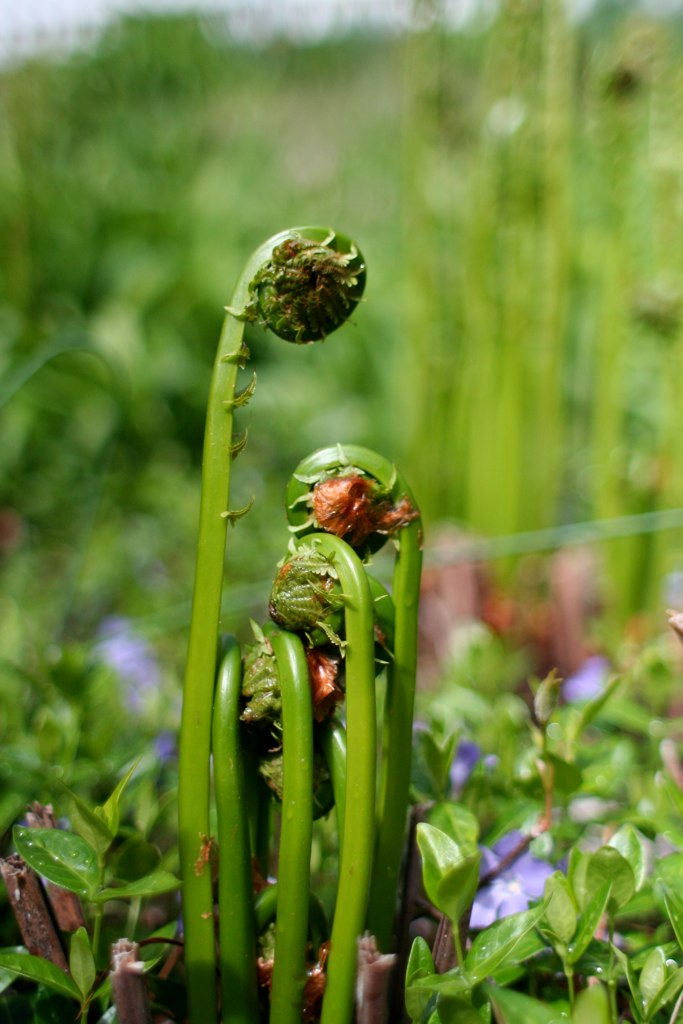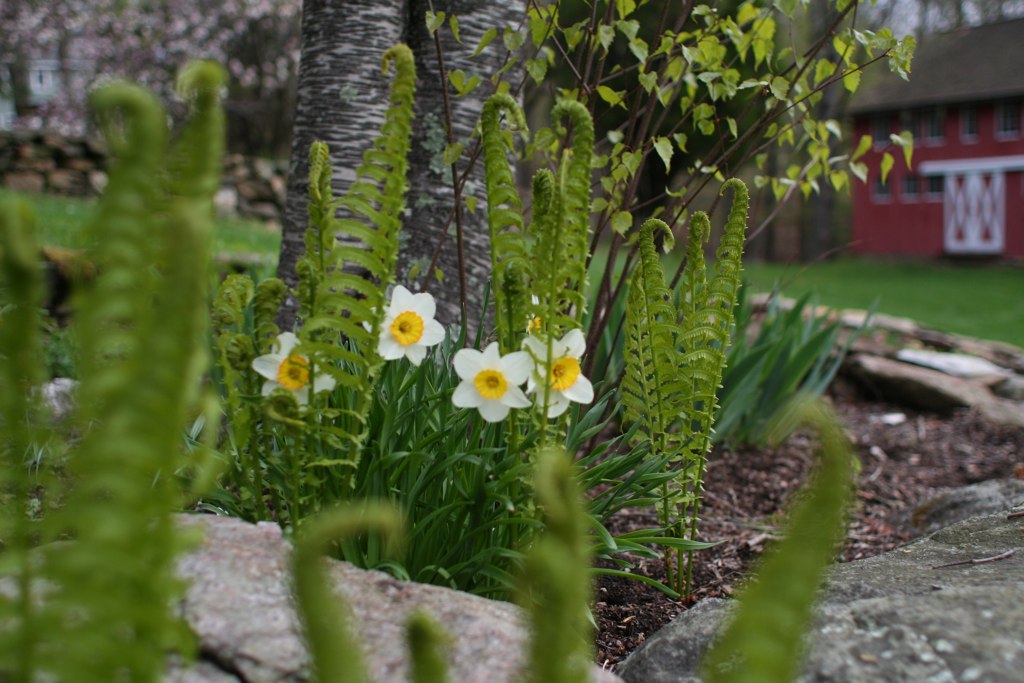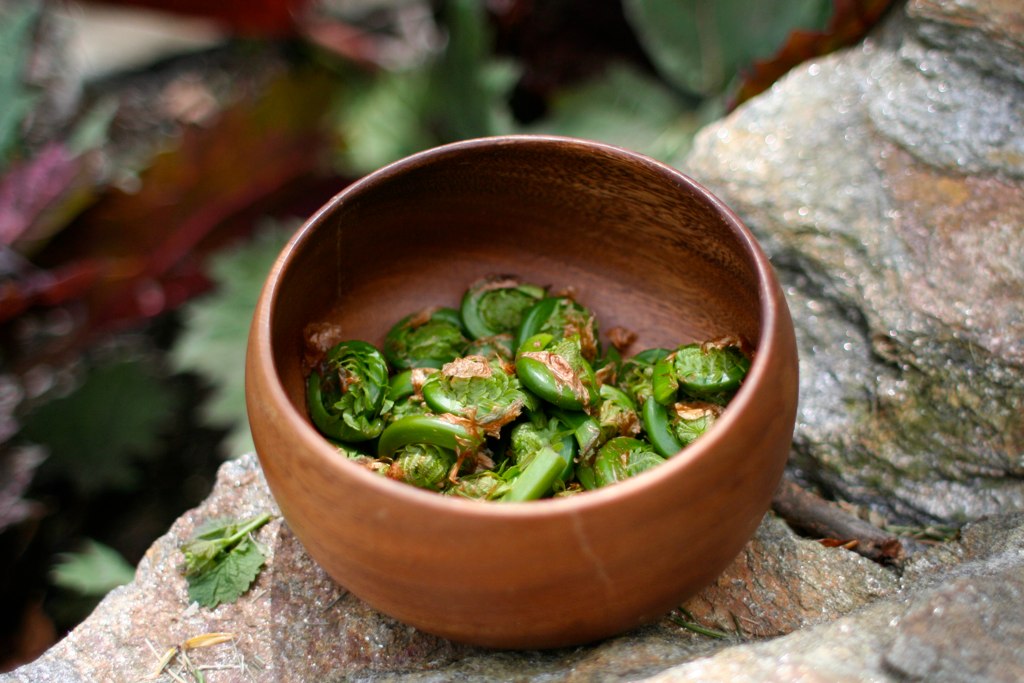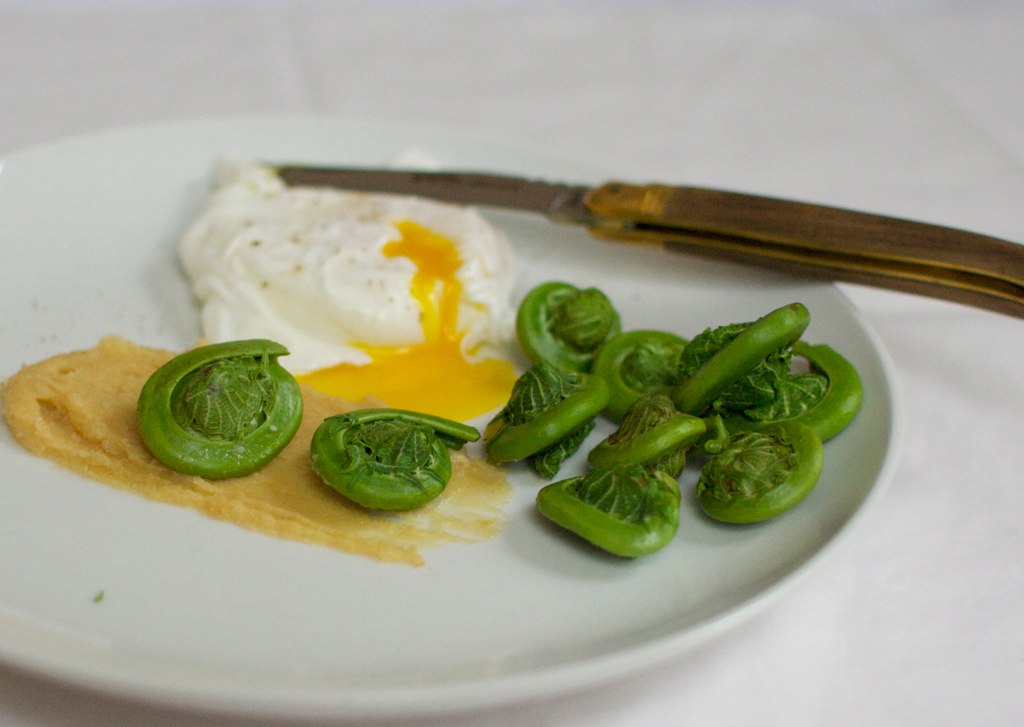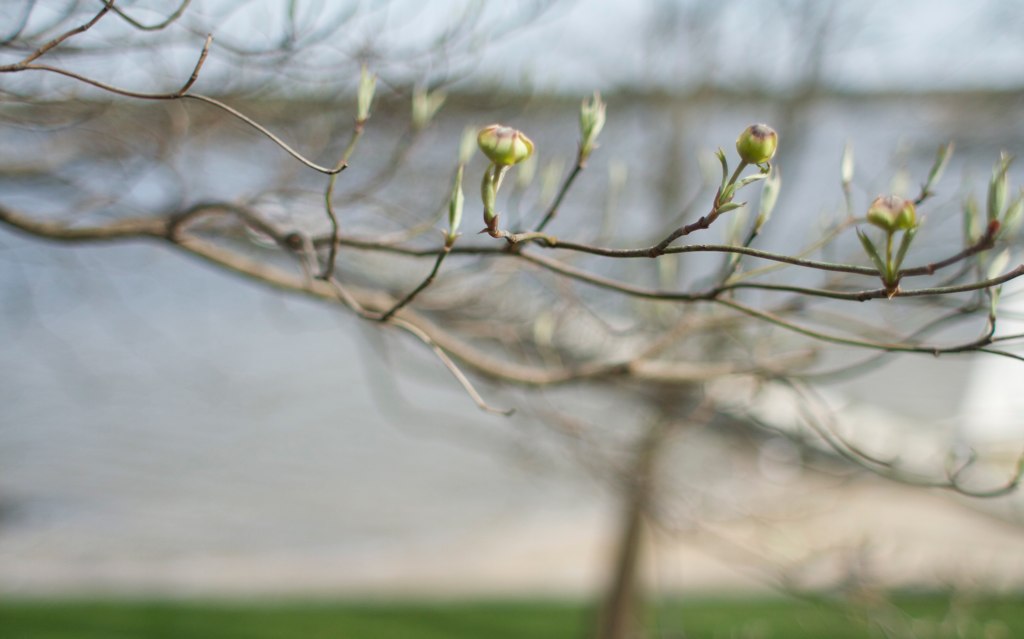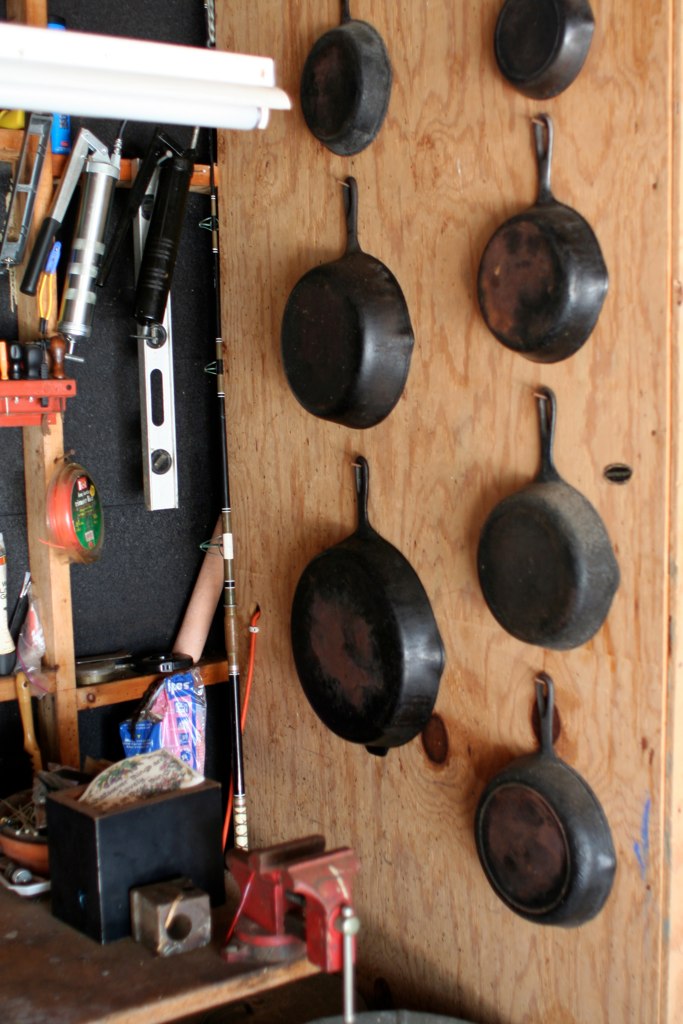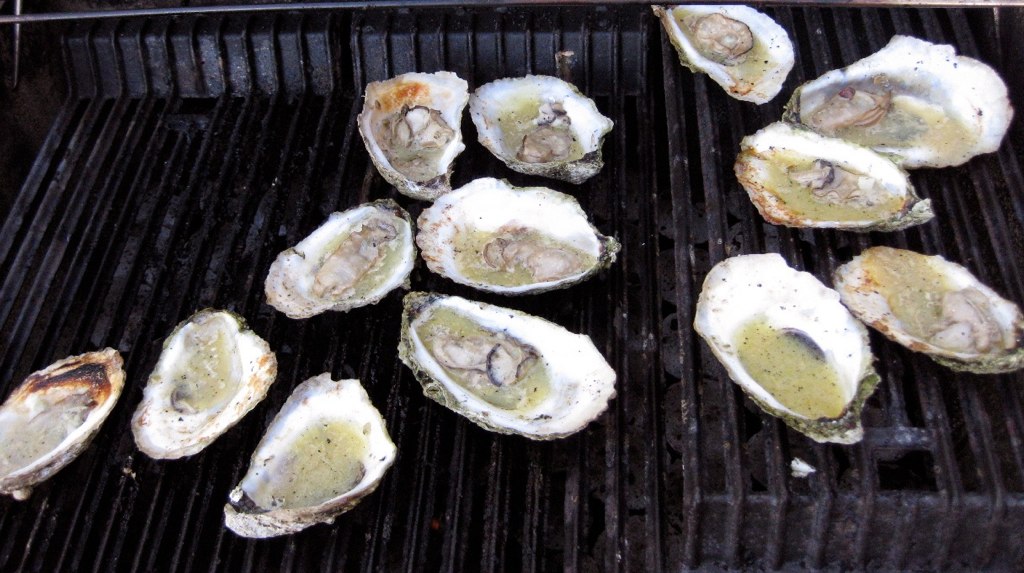That’s the kind of question I get a lot, usually as part of an effort to postpone lights-out. Others include “do mermaids wear jewelry?” and “is unicorn poop sparkly?” I’m no expert on these subjects, but I’m always game for spinning a yarn, even if it results in an age-inappropriate bedtime. And sometimes, nature throws something our way that supplies the perfect visual to satisfy little curiosities.
It’s fiddlehead (or "fairy food" to my daughters) season up in New England, and I just spent a recent weekend crouched in the dewy grass with a pair of kitchen shears and my camera. I would appear a few berries short of a pie to people who didn’t know what I was up to–like our neighbors, who already look at me a little askance for pouring my daughters raw milk and letting them run the fields barefoot in March.
When I first began mining our yard for these sweet, grassy-tasting whorls–something about our damp, black soil up in Connecticut encourages them to flourish–I hadn’t a clue what species I was plucking. A fiddlehead’s a fiddlehead, right?
My Peterson Field Guide to Edible Wild Plants informed me that I had been laying the nascent fronds of the ostrich fern (Matteuccia struthiopteris) atop our risottos. The giants of the fern kingdom, they tower over my daughters when fully unfurled (usually by the end of May), graceful as green peacock feathers. When my husband and I got hitched right there in the yard, visitors from other parts of the country couldn’t get over the backdrop of primeval luxuriance they supplied. Southerners: that’s our payback for enduring mud season, and for the mid-May snowfall that dusted our nuptials that year. What riches!
Elizabeth Schneider’s excellent book, Vegetables from Amaranth to Zucchini, enlightened me further. It’s a painstakingly comprehensive reference, and if you’re a greenmarket enthusiast or dabbling forager, as I am, I would recommend making room on your shelf for this one. I learned all I wanted to know and more than I can ever absorb from her entry on fiddleheads, including, most remarkably, that I had been on the right track all along–ostrich ferns are your best bet for eating. Others are edible, but certain lovely but insidious specimens like royal ferns have been found to promote stomach cancer over the long haul. Not these.
I don't clearly remember how I used to prepare them in those early days, but I'm guessing I threw them in a pan with loads of butter, and they still tasted like field scrub on the inside. Schneider advises boiling them in some salted or baking soda-laced water to tenderize, enhance brightness, and bring up the flavor, and I will say the result is vastly improved. On early spring nights in the country, our go-to dinners are linguinis and risottos with fiddleheads and plenty of butter and parm, a little garlic, and the chorus of spring peepers trilling up through the forest. Add morels, and they're even better. This year, seeking different flavors, I stumbled upon a recipe in David Chang's Momofuku cookbook, for asparagus with poached eggs and miso butter. Fiddleheads are a little like asparagus, right? About discovering miso butter, Chang writes that he found it "so good I licked it off my fingers, like cake frosting." That's about right. Cook the egg lightly so it's still trembling, pierce it, and let the yolk anoint your plate with a river of bright yellow. Mix it all around with the miso butter. A perfect bite is one that combines all the elements and "makes it come out even," like Albert's lunches in Bread and Jam for Frances. Pass up the overpriced fiddleheads sold in gourmet grocery stores, unless they truly still look perky–I've found they're usually pretty tired. Farmers' markets are good bets, and if you're going for wild, pick them during that fleeting season when they're still tightly coiled atop the fern crowns like emeralds in the rough. As with babies, you blink and they're all grown up.
Fiddleheads with poached eggs and miso butter
Adapted from recipes by David Chang and Elizabeth Schneider
Ingredients:
- 5 tablespoons unsalted butter at room temperature
- 8 tablespoons white miso
- Fresh fiddleheads (6-10 per person) or fresh asparagus spears
- Eggs (1 or 2 per person)
- Miso butter: make sure butter is soft and workable. Mash it and the miso together in a small bowl with a fork or spoon until it's completely blended and smooth. Keep it at room temperature if you're serving, otherwise refrigerate in an airtight container, for a few weeks.
- Fiddleheads: Trim off any long tails or brown ends. If you have picked them yourself, you may need to brush off the scaly bronze membranes that protect emerging fiddleheads. Bring a large pot of salted water to boil, drop the fiddleheads in, and boil for 5 minutes or so. You may taste test as you go along. They should be bright green and the texture of al dente asparagus. Note: if using asparagus instead, snap off the tough bottoms and peel stalks if they are large. Boil just for a couple minutes or pan roast in a skillet with butter until lightly browned.
- Poached eggs: In a heavy saucepan, bring about 2" of water to a gentle simmer. Add a splash of white vinegar. When water is shivering and very lightly bubbling–not vigorously–gently crack egg in the center–if using multiple eggs, give them lots of space. Allow egg to coagulate undisturbed–you can gently spoon some of the pan water on top of the egg if it is peeking above the water. Once the white is opaque and egg holds together in one piece but yolk is still liquid (I timed it at about 3 minutes), remove it very gently from the pan with a slotted spoon. Drain for a bit before serving. You may also use an egg ring or poaching cup or use this trick my friend Tara sent me.
- Assembly: Warm the miso butter just a bit–not too much or it will liquefy! Spread about 3 tablespoons' worth on each plate to make a base for the other components and arrange them as you like.
